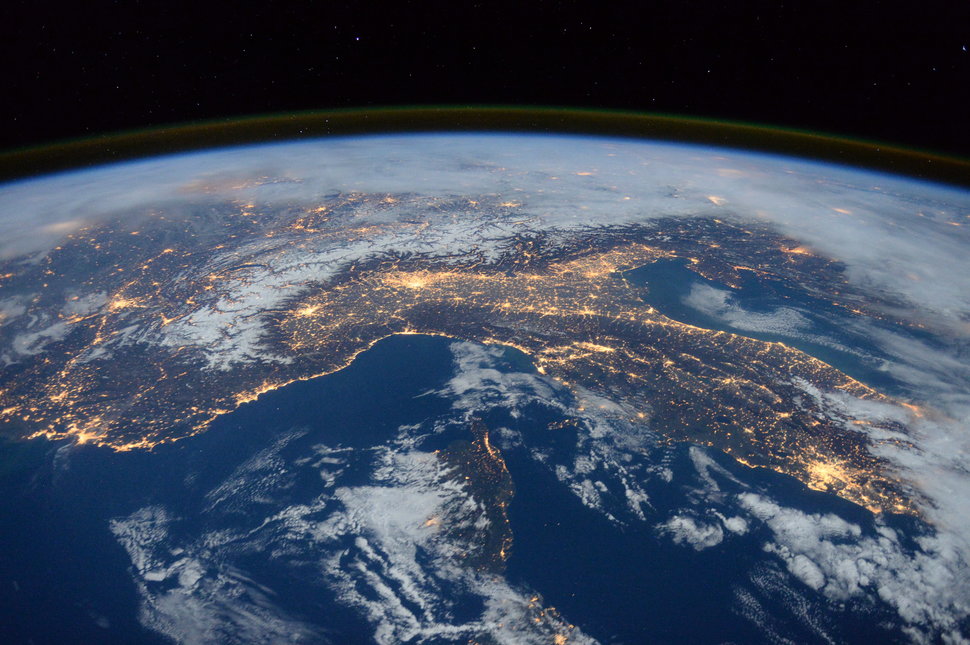Historic Iditarod Sled Dog Race suffers from global warming that threatens this piece of American History
Often called the “Last Great Race on Earth,” the Iditarod is a tradition that is ingrained in Alaskan culture and has become an integral part of American heritage, inspiring famous works of literature such as “Call of the Wild” and films including “Balto” and “Iron Will.” In recent times, this historic race is threatened by global warming and has supporters fighting to maintain it.
Originating in 1973, the Iditarod race was inspired by the sled dog team that heroically delivered medicine to Nome in 1925 when an epidemic broke out in the small Alaskan town. This same trail then became the route used to carry mail and supplies along the coast until railroads and planes made this mode of transport obsolete. With the mission of saving the culture of sled dogs in Alaska, the trail morphed into the world-renown race it is today.
Nowadays, the race trail is often altered due to unseasonably warmer winters, forcing the organizers to move it further north. The 1,000 mile route originally went from Anchorage to Nome, but in 2015 the trail had to be moved by 225 miles because there was not enough snow to safely get the sleds across the area. Twice, the start of the race was forced to be moved to Fairbanks, Alaska, which is 350 miles further north. This helped to avoid the grass and gravel that was left exposed because of the lack of snow.
This year, the race attempted to follow more of its original course. However, organizers still had to adapt it in some areas because of other challenges presented by a warming climate. Where ice used to cover areas of lakes in the past, 20 temporary bridges had to be built in order to get the teams over the water that never froze.
Local volunteers and race organizers work throughout the year to try and handle these types of challenges. In the summer, the trail is analyzed and rerouted in order to avoid the most troublesome areas. When winter approaches, the volunteers help race organizers attempt to anticipate what the best route will be for that year.
All of this work can only go so far though, and even with efforts to save as much of the original route as possible, there is the very real possibility that the Iditarod might need to be moved to an entirely different location. With that, many mushers, race organizers and fans wonder if the race would still be the Iditarod if it did not include the historic trail that started it all?
The Iditarod serves as prime example of how climate change is not only introducing logistical challenges to many communities, but also threatening the cultural traditions. This race is part of the foundation of what makes up Alaskan history, and with the possibility that its integrity will be altered, will that affect the identity of Alaska?
